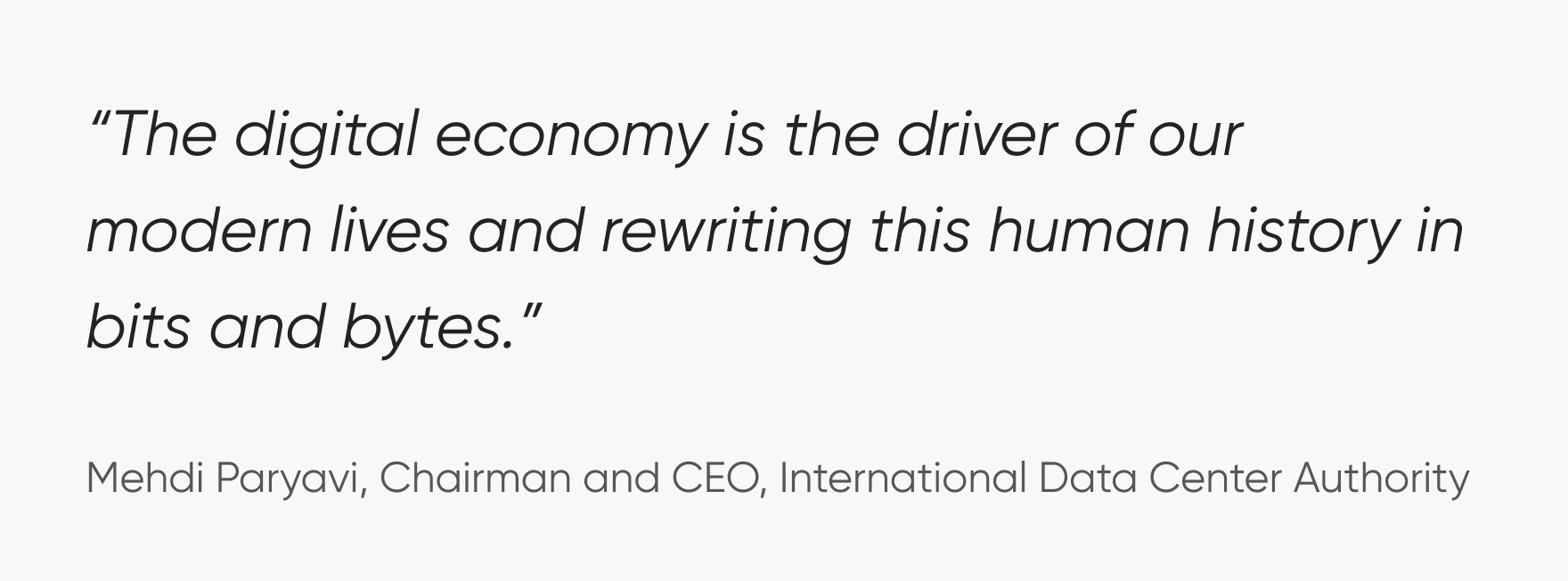Analyzing cross-border payment journeys through the lens of design

Packed with industry-specific data and design recommendations
Global digital economy is constantly evolving. The landscape of fintech is progressing with exceptional experiences that accommodate the ever-changing nature of digital economy. However, one experience continues to remain unwaveringly complex: cross-border payments. Moving money between countries and currencies is not a quick job; it requires effort and expertise to successfully design a good experience for cross-border payments.
What: Payments beyond borders
In the fast-moving decade of innovation, the world has become increasingly interconnected and accessible. The result of which is a rise in international trade, global commerce, and remittances, further leading to a growing significance of cross-border payments. In fact, the global cross-border payments market is expected to grow at a CAGR of 5% in the coming years, with an estimation to reach $320 trillion by 2032!
From catering to a broad category of users to facilitating streamlined transactional experiences across the globe, cross-border payments are the backbone of smooth international operations, and thus, need to be designed just as efficiently.
The ease of digital banking has influenced user expectations, and outdated, complicated experiences are simply not acceptable. Like most digital payments that provide a smooth user experience, users expect fast and flexible cross-border payments too, from anywhere across the globe, whenever they want.
However, unlike domestic digital banking experiences, cross-border payments have a certain set of challenges that come in the way of designing a streamlined, friction-free experience.

Why: Barriers in cross-border payments
The most significant challenge of cross-border payments is its diverse nature - diversity in its user base as well as the regulatory protocols that need to be followed. Payment methods often involve multiple intermediaries, each charging a fee, amounting to a sum that can prove to be expensive for both businesses and individuals. Fluctuating exchange rates, clearance delays, compliance requirements all add up to an unsatisfactory, complex user experience.
There is, thus, a dire need for reliable and secure cross-border payment solutions that can put the user’s frustration to rest and guide them with a smooth user experience.









